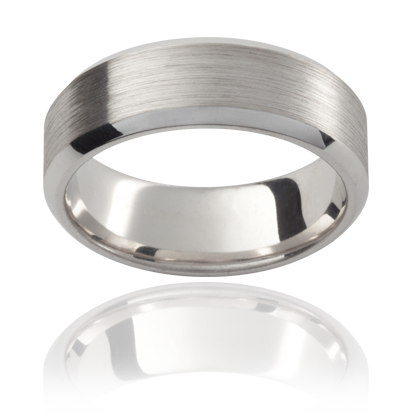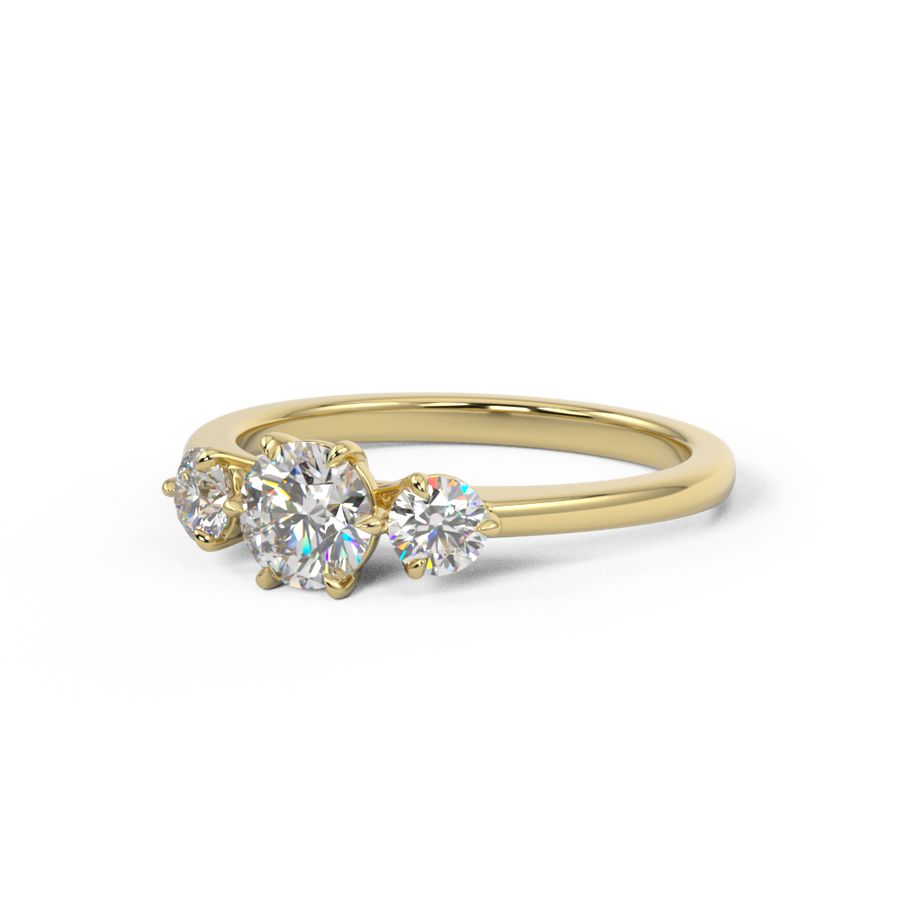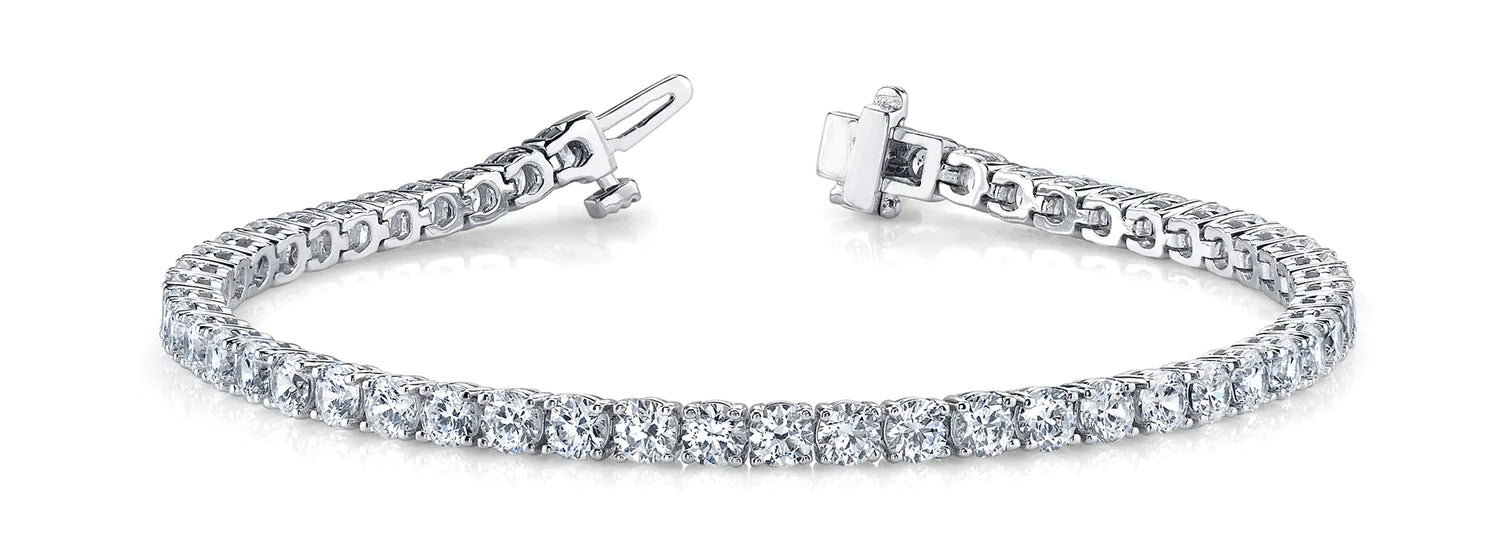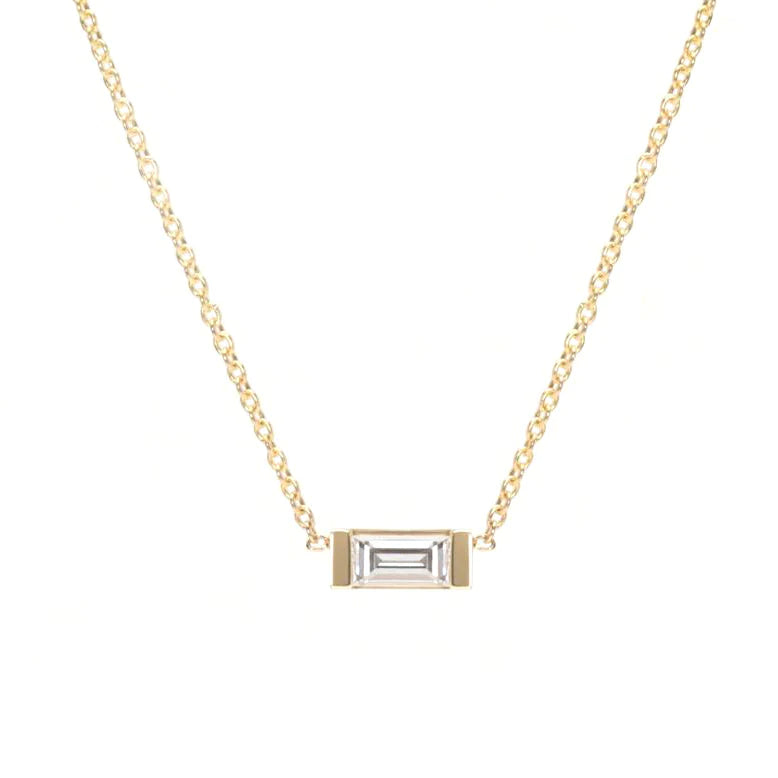Sintering
General Sintering
- Sintering is a process of compacting and forming a solid mass of material by pressure or heat without melting it.
- It is used in manufacturing processes for metals, ceramics, plastics, and other materials.
- Sintering can occur at temperatures below the melting point of the material.
- It is often chosen for materials with high melting points, such as tungsten and molybdenum.
- The study of sintering in metallurgical powder-related processes is known as powder metallurgy.
Ceramic Sintering
- Sintering is part of the firing process used in the manufacture of pottery and other ceramic objects.
- It is one of the main mechanisms behind the strength and stability of ceramics.
- Sintered ceramic objects are made from substances such as glass, alumina, zirconia, silica, and ferric oxide.
- Sintering begins when sufficient temperatures have been reached to mobilize the active elements in the ceramic material.
- Industrial procedures for ceramic sintering include mixing, spray-drying, molding, and high-temperature sintering.
Sintering of Metallic Powders
- Most metals can be sintered, especially pure metals produced in a vacuum.
- Sintering can occur under atmospheric pressure.
- It is a common process for shaping metallic powders into solid parts.
- Sintering of metallic powders can enhance properties such as strength and conductivity.
- The sintering process for metallic powders is widely used in industries such as automotive and aerospace.
Densification in Sintering
- Sintering is considered successful when it reduces porosity and enhances properties such as strength and conductivity.
- Atomic diffusion drives powder surface elimination during the firing process.
- The change in free energy from the decrease in surface area and lowering of surface free energy is the driving force for densification.
- The ratio of bond area to particle size influences properties such as strength and electrical conductivity.
- Temperature and initial grain size are controlled to yield the desired bond area during sintering.
Factors Affecting Sintering
- Control of temperature is crucial in the sintering process.
- Grain-boundary diffusion and volume diffusion rely heavily on temperature.
- Particle size, particle distribution, material composition, and sintering environment also affect the sintering process.
- The size and curvature of particles affect material transfer during sintering.
- Pore elimination is fastest in samples with many pores of uniform size.
Sintering Data Sources
| Reference | URL |
|---|---|
| Glossary | https://harryandcojewellery.com.au/blogs/glossary/sintering |
| Wikipedia | http://en.wikipedia.org/wiki/Sintering |
| Wikidata | https://www.wikidata.org/wiki/Q844613 |
| Knowledge Graph | https://www.google.com/search?kgmid=/m/012dk0 |















